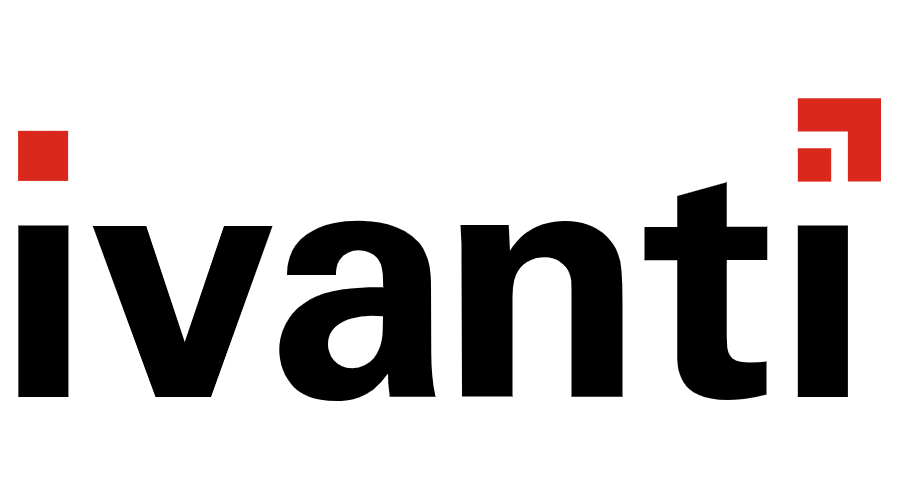Authentication Center with Thales SafeSign Authentication Server for Alfa-Bank
Categories
Description
Description is not ready yet
Details
Business tasks
Reduce Costs
Enhance Staff Productivity
Ensure Security and Business Continuity
Improve Customer Service
Increase Customer Base
Problems
No IT security guidelines







